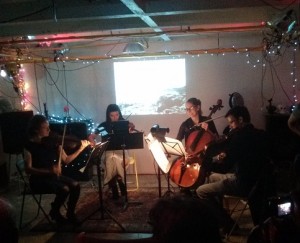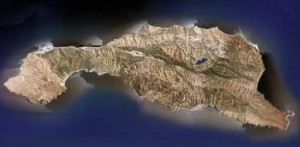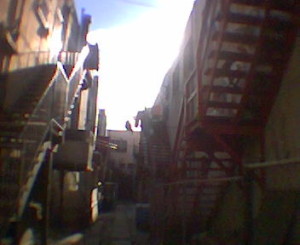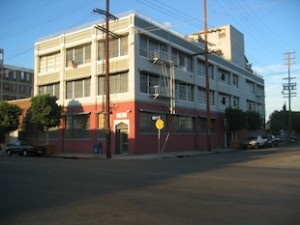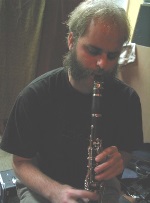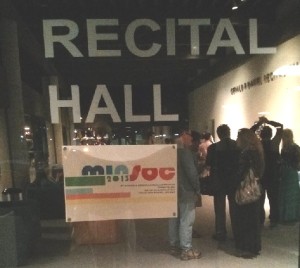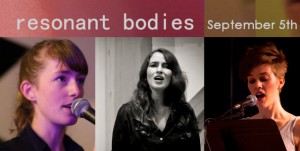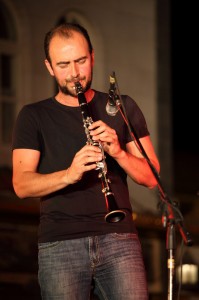Before JACK Quartet played Georg Friedrich Haas’ “In iij. Noct,” String Quartet No. 3 Tuesday night at the Lincoln Center White Light Festival, the stage crew turned the lights off in the Clark Studio Theater for a test run, so that everyone in the audience could gauge whether they could withstand the extended period of essentially total darknes. The lights were down for one minute, and once the last light went out I counted to myself, “one-one-thousand, two-one-thousand.” By the time I hit twenty, the lights were on their way back up.
That is the profound power that darkness has, it drastically slows our personal sensation of time. It’s in that time-altered environment that we hear the musicians, one each in the four corners of the room, playing Haas’s piece (it’s duration can be flexible but JACK played it for about 70 minutes). The darkness is purportedly no gimmick, it’s at the core of the piece, as Haas described in post-concert remarks led by John Schaeffer. But the problem with the compostion, and it is a serious problem, is that it spends so much thought on darkness and none on time.
As a composition, the String Quartet takes the form of a series of structured cues — it’s fair to consider them improvisatory, but that’s a distinction that can easily shift responsibility away from the composer and onto the players. The musicians have different kinds of musical material to work with, things like sequences of effects, instructions to form chords from a tonic pitch using the overtone series, a notable and glaring quotation from one of Gesualdo’s Tenebrae Responsoria . Playing in the dark, away from each other, they have to come to consensus on each section.
JACKS’ unanimity in this concert was impressive. They’ve played this work almost three dozen times, in Ari Streisfeld’s telling, and although there have been performances in their account where they had to fight over events and direction, this was smooth and assured. But the net effect is that the piece has no form, that it’s a disjointed series of effects — none of them particularly compelling — interrupted by involving tonal material. It’s discontinuous, but there’s no intent to that, no shape, no argument for that structure.
The effects — tricks with the bow, quiet tapping on the fingerboard — evaporate in the dark, though there’s the benefit that the piece doesn’t come off as simplistic horrow music. They don’t linger in the mind, and don’t effectively mark moments in time. When the quartet builds their chords, or when they move via glissandi up and down through pitches, the piece is remarkable. That’s when it builds structure through time, and since it’s working with such a proufoundly altered sensation of the dimension, it starts to open up extraordinary worlds of aesthetic, intellectual and spiritual possibilities.
I get the impression Haas doesn’t hear this, because his instructions let go of all the power in the music. It’s easy, but lazy, to hear his work as avant-garde. He is avant-garde in a bourgeois sense, titillating with sensation. But he’s not in the meaningful sense of an obsessive focus on one single, simple idea, it’s permutations and possibilities. One hour of chord building in pitch darkness, the musicians at the edge of their senses to hit the exact intonation, the audience in constant anticipation of where the music will go and what will happen next, that might be extraordinary. One hour of scrapes and squiggles and some notes — with an entirely superfluous bit of Gesualdo throw in — in the dark, is a gimmick, and ultimatley disappointing.
